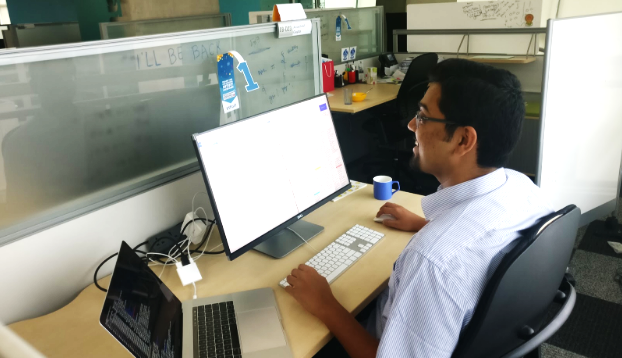

Body of IITR
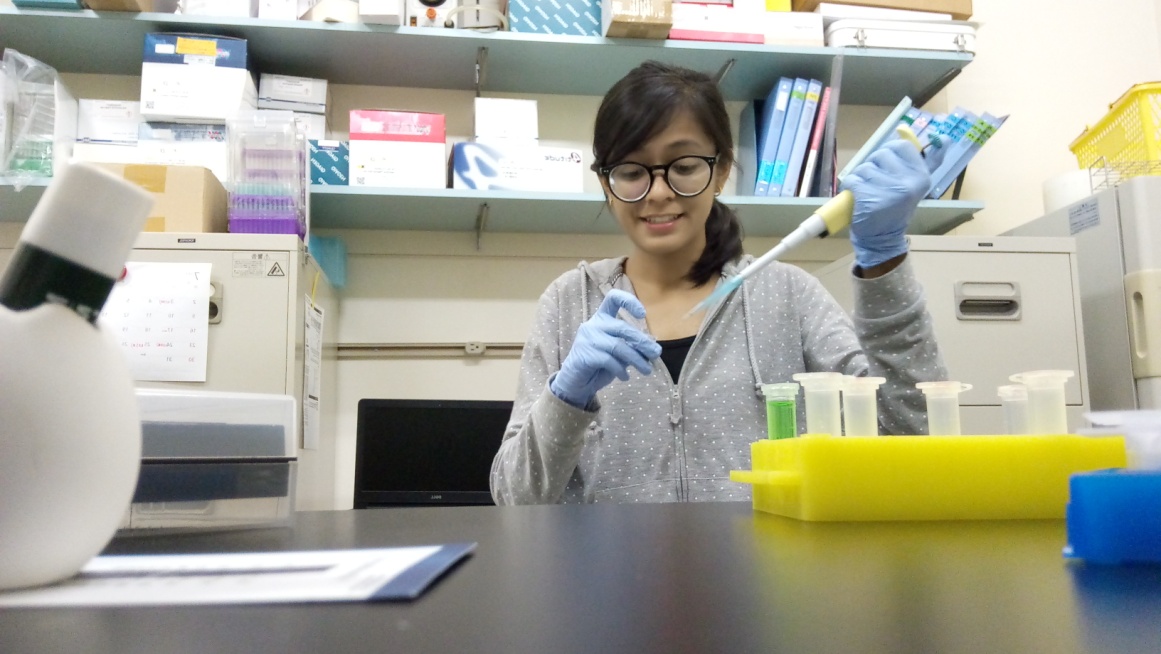
The National Institute of Genetics, Mishima is a research institute that serves as a host to the DNA Data Bank of Japan. It provides post-graduate education under the Department of Genetics, SOKENDAI (The Graduate University for Advanced Studies), and is a hub for international and domestic research collaborations.
I’m currently availing the Honda Y-E-S (Young Engineer and Scientist) Plus scholarship (2016-17) that funds Y-E-S awardees to pursue a ten-week (or more) long research-based internship or masters in universities of Japan. The Honda Y-E-S award (India) is a recognition granted to academically inclined pre-final year students from a list of IITs shortlisted every year.
Selection: The Y-E-S is an initiative to disseminate green technology, and aims to strengthen technical prowess among the Asian youth, holding competitions along the similar lines in countries like India, Vietnam, Laos, Cambodia and Myanmar.
After going through the online registration, the applicants (third-year undergraduates) are filtered based on a cutoff-C.G.P.A (greater than 7.00 GPA in each of the first four semesters). This is followed by a written round, which requires an essay on a pretty broad topic that allows you to connect with your field of expertise in the subject. About ten students are then shortlisted for the interview from each IIT.
The interviews are based on eco-technology, and finding unique ideas to tackle current environmental issues. After getting past the first interview, the finalists received a confirmation call along with a biography of Soichiro Honda San, the founder of Honda Motors. The final interview for Y-E-S (2016-17) was assessed by Mr. Shirish Garud, Director and Senior Fellow, TERI (The Energy and Resources Institute). It was a really interactive session, where we were asked questions based on our technical competence, the write-up, general awareness and co-curricular activities.
After the above intermittent rounds of rigorous personal interviewing at the Honda headquarters in Delhi, the final awardees are felicitated at a decorated event with a handsome prize money. Furthermore, they are encouraged to take up research internship projects in Japanese universities, through financial funding via the Y-E-S plus scholarship.
The aforementioned sequence of chapters got me interested to avail the scholarship. And after a month-long mailing session, I earned the chance to work at the Model Fish Genomics Resources Laboratory at the National Institute of Genetics (NIG or Idenken in Japanese) in Mishima, Japan.
Mail-trackers like Mixmax came in handy, given the time difference between India and Japan (the latter being 3.5 hours ahead). A befitting resume and a few crisp and aptly crafted e-mails worked for me. Keep the mails short and to the point. I would recommend using IITR webmail wherever possible. NIG also accepts undergraduate research enthusiasts via a separate one-month long summer internship program called NIGINTERN.
I chose to take up a core part of the ongoing forward-genetics research in Danio rerio (zebrafish). My job was to rough-map/locate a chemically-induced novel heterozygous mutation in the zebrafish germline that manifests a direct impact upon spermatogenesis, for a better understanding of the shift from mitosis to meiosis in vertebrates. The job required precise liquid-handling techniques and electrophoretic data-analysis skills, and a hands-on training experience in the first week helped me get through it. The project required me to conduct multiple PCR reactions, an idea that was initially intimidating. The first day at the lab wasn’t really great. The DNA extraction experiment went wrong and I ended up with a dead specimen.
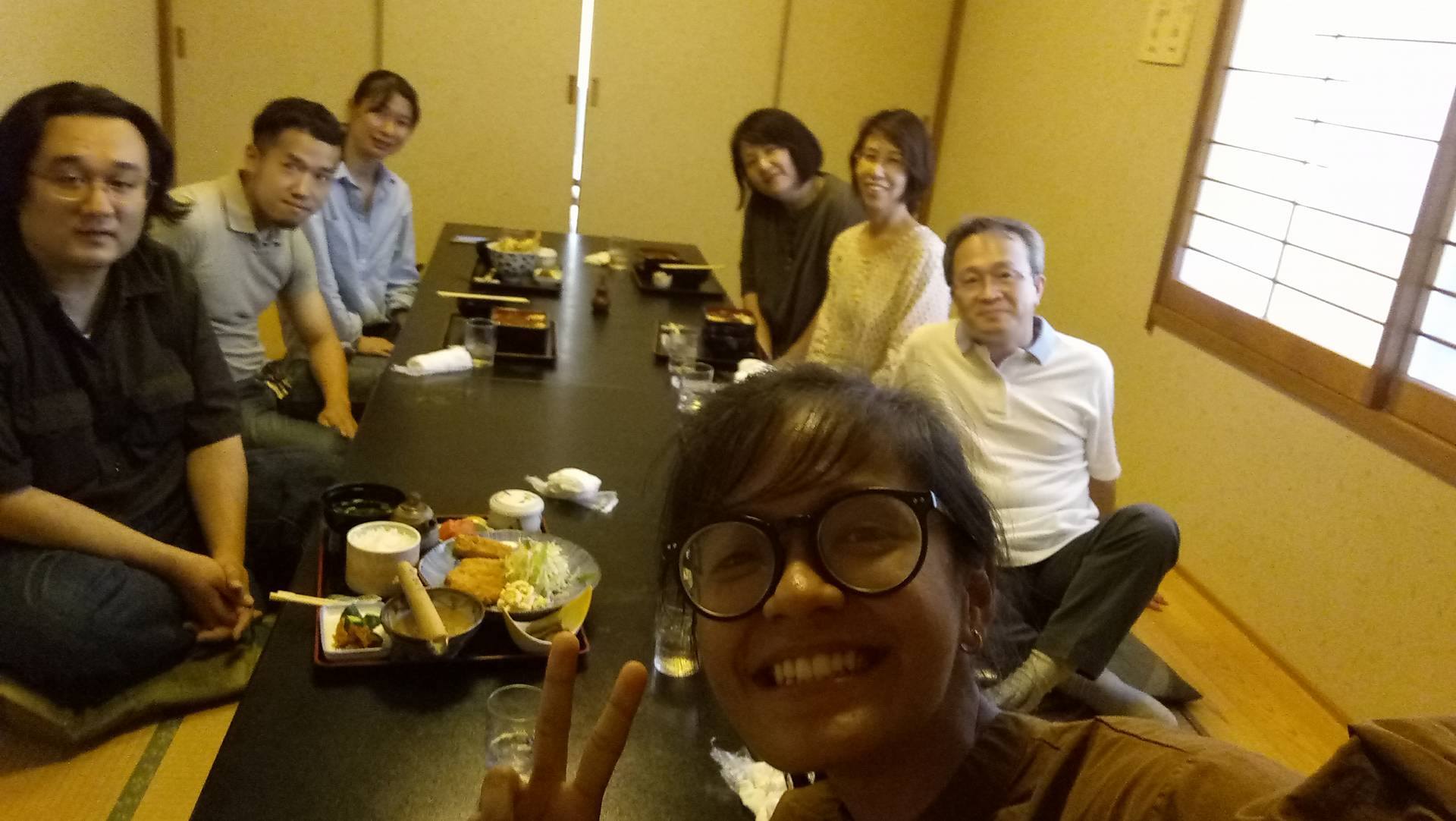
I received considerable technical support from my Professor (Sensei) and the Assistant Professor that made project details lucid, along with other numerous concepts that I had previously read but forgotten.
Work hours were flexible, but given the slightly demanding nature of the project, I would often quit work late in the evenings. Every alternate Tuesday, we had a Journal Club, that’s a confluence of multiple labs presenting and discussing recent publications in germ cell research. I must admit many of the discussions were beyond me, given the fact that developmental biology is not part of our curriculum in the strictest sense. Despite the same, the discussions apprised me of the general flow and also to the format of a typical research-oriented presentation.
Added to that, I was lucky enough to attend the NIG Retreat: an institute-level symposium that takes place every two or three years, where activities like poster-presentation events, research overviews, general discussions and sumptuous meals are organized at an enticing location. It was an amazing experience for me, all the fantastic presentations and the authentic Japanese cuisine made it an unforgettable event. It was also a wonderful opportunity for me to socialize with international researchers.
During the second month of the internship, lab visits were organized for all the visiting interns. The experience was indeed very enriching. There doesn’t exist a discrete “buddy” system there, but people in my lab were very thoughtful to send me details about the Indian researchers at NIG. Moreover, my sensei gave me a ladies’ bicycle (called “Mamachari” in Japanese) to travel around conveniently in Mishima. NIG is located on top of a hill, and it was always overwhelming, cycling down the descent with the view of Mt. Fuji.
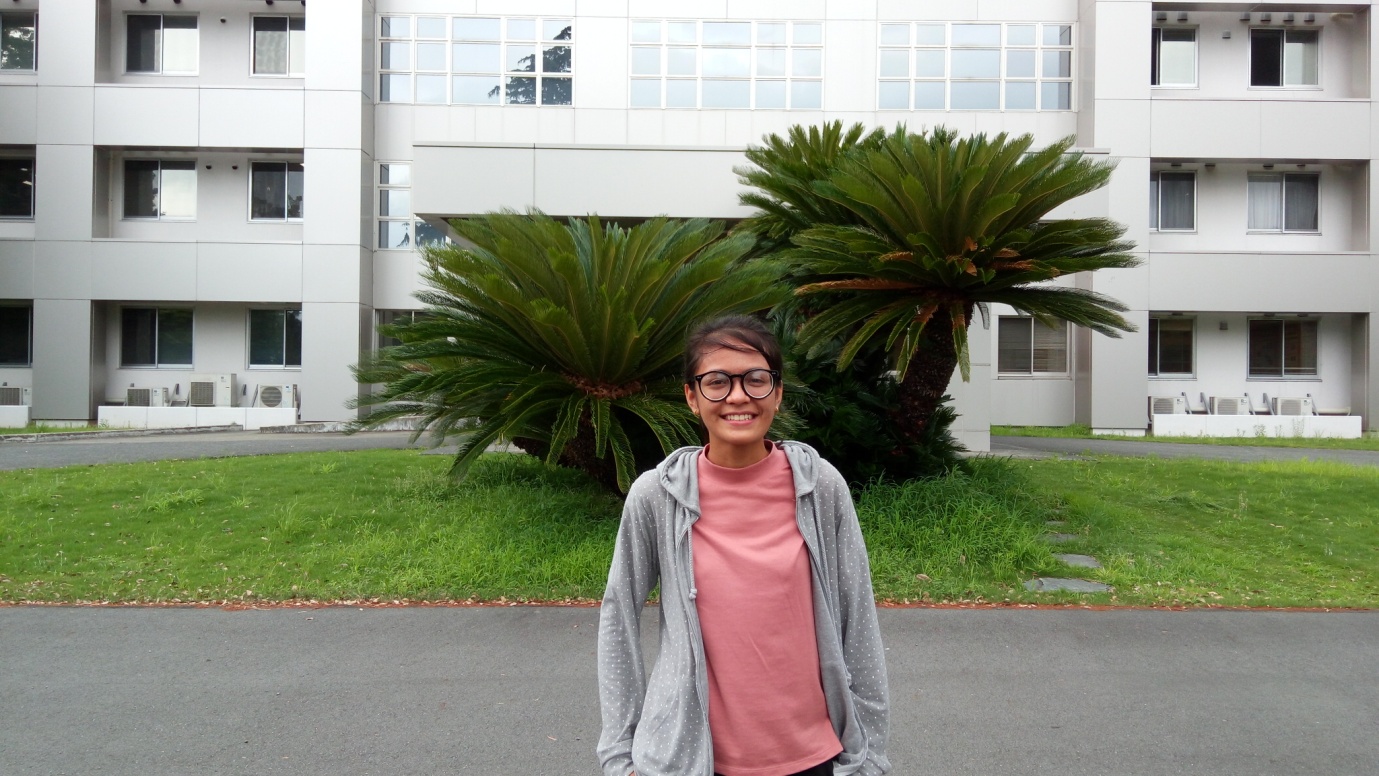
The first few weeks were pretty challenging. One of the main reasons being the language barrier. I couldn’t really make the best use of my rudimentary Japanese acquired by a two-week long self-learning program. NIG, being very receptive to foreign students was luckily very sensitive towards this issue, with all seminars conducted in English. Despite that, there were underlying issues in explanation of concepts, doubt sessions, troubleshooting etc; stemming from lingual differences. Especially outside the campus, problems were very visible. Google translate came in handy, though it does translate many words in a wrong way. Sign-language was my last resort in worst-case scenarios. The locals helped me a lot to cross this language divide.
Another reason was the food. But after a few days, I adapted to it quite well and in fact, came to develop a taste for many of the local dishes including Japonica variety rice, unagi (eel), okonomiyaki, omu-rice (traditional omelette-rice), and sushi among other delicacies. I would often eat lunch at the campus cafeteria, and prepare breakfast and dinner by myself. This ensured I developed the skills to cook decent food on my own.
After my project was complete, I got the chance to attend an international research symposium on Regulation of Germ cell development in Kyushu University, Fukuoka. The brilliant talks with some very innovative sessions were quite resourceful and insightful.
Everything!
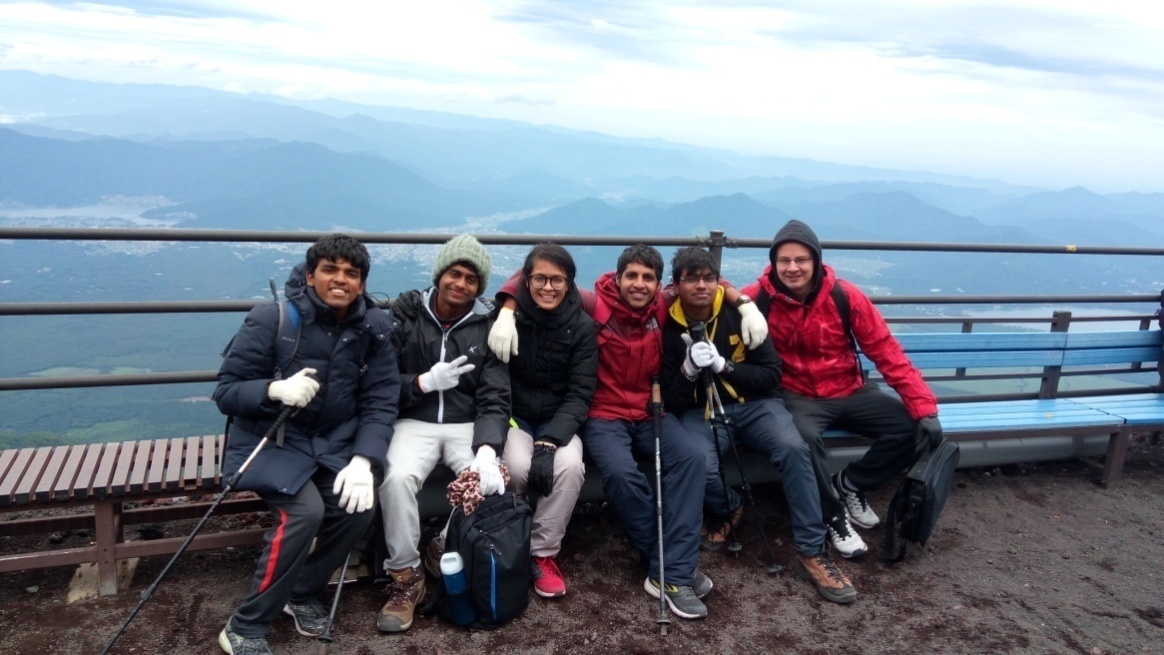
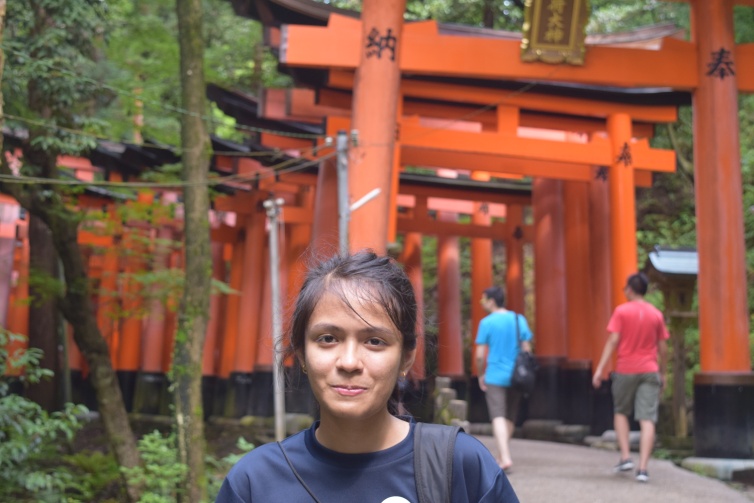
After five hectic days of work, I would always save up time to travel during the weekends. Japan is a country that can boast about the best of scenic landscapes. Be it volcanoes/mountains (oh yes, I climbed to the summit of Mt. Fuji in a very bad weather, covering a significant portion of the ascent all alone. Yay!), hot sulphur springs and black hard-boiled eggs (Hakone), sandy beaches (Atami and Numazu being closest to my prefecture; though rich Honshu-dwellers head straightaway to Okinawa), high-rise concrete jungles with clean air with lots of places to shop and party (Tokyo: Akihabara, Shibuya, Shinjuku; Osaka, Fukuoka etc.), shrines and monuments of cultural and historic importance (Kyoto, Hiroshima), Disneyland and Universal Studios, thrilling roller-coasters at FujiQ highlands, the very popular Shinkansen (bullet train)… And the list goes on and on.
Apart from these places, Mishima, the place where NIG is situated, is no less. A very peaceful town with the majority population as sexagenarians, it’s very close to nature with some very picturesque riversides, and offers a spectacular view of Mt Fuji. Located in Shizuoka prefecture, it is home to Japan’s longest skywalk, and is surrounded by cool getaways.
The internship was amazing in every sense of the word. Science and symposiums, huge culture exchange, travel, hard-learnt punctuality lessons, indispensable life-skills, a sense of accomplishment that follows completion and a resolve to learn the Japanese language. That‘s the many takeaways from this other-worldly experience.